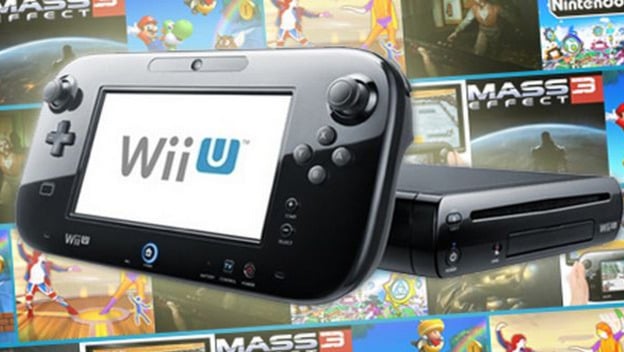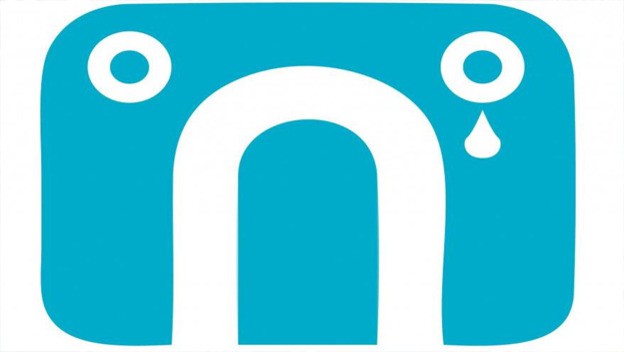I know what you’re thinking: “But the Wii U isn’t even a next-generation console!” True, the hardware gap seen between the original Wii and the Wii U is dwarfed by, say, the PS3 to PS4, but for the purposes of hardware cycles, the Wii U is in fact Nintendo’s contribution to the technological arms race that the Xbox One and PS4 will fight in. In fact, the power of the machine is entirely irrelevant, because that’s the last thing that the system should be worrying about. It’s more powerful than the PS3 and Xbox 360, which was clearly good enough for Nintendo. However, the Wii U has also demonstrated exactly how a new system shouldn’t be handled.
A few months back, I wrote a little piece explaining the problem with software-starved consoles. No amount of clever marketing or peripheral bundles will sell a system as quickly as name-brand games, so releasing a console before it has any valuable software to offer is just wasted effort. The Wii U has been hindered by this flaw more severely than any system in recent history. Even the Vita has more games than the thing.
That’s just sad.
The Wii U is a barren wasteland when it comes to games. Sure, confirmed titles like Bayonetta 2 and Pikmin 3 help to fill the game-less gap, but even they can’t hide the fact that there’s practically nothing to play on the system. With Rayman Legends seeing repeated delays, the biggest (and only) titles that Nintendo can lay claim to are nothing more than the typical Mario horde, a few mini-game compilations, and “revamped” ports of other games. Software starvation has played a big role in the low sales figures that the system has yielded. Because the Wii U was released without any quality games available to it, it did nothing but sit on shelves, becoming less appealing by the day.
In this sense, the PlayStation 4 and Xbox One are already one-upping Nintendo. With titles like Watch Dogs, Infamous: Second Son, Deep Down, Knack, Forza, Call of Duty: Ghosts, and various EA Sports incarnations already in the mix, Sony and Microsoft users already know that their next-system purchase will start paying off day one.
Again, I’ve got a good idea what you’re thinking: “What about Nintendo Direct’s announcements, huh? New Zelda? New Super Smash Bros.? Ring a bell?” Unfortunately, those are just what they sound like: announcements of announcements. As a result, they don’t instill the same sense of anticipation that the likes of Watch Dogs or Grand Theft Auto V do, simply because their details are too obscured. Yes, Nintendo Direct has helped the Wii U immensely by announcing sequels to popular franchises, but, save for updating gamers on the company’s plans (which it does remarkably well), that’s about all it’s done. Other developers, on the other hand, are out showcasing live demos and actively detailing the projects in interviews. Clearly, this is, at least in part, due to the fact that other games are further along the development process than the next Legend of Zelda. But, at the very least, a batch of trailers should be put out to keep fans interested. Nintendo has done nothing of the sort, leaving their promotional campaigns as nothing more than a dry, “This game will come out eventually. Be excited!”
Coincidentally, this leads us to the next pockmark on the Wii U’s history: failed marketing, if not a complete lack thereof. The fact that a large percentage of Wii owners didn’t even know that the Wii U was an independent console until several months after its release is proof enough, but even that fallacy doesn’t fully describe Nintendo’s underwhelming promotions for the console. The few months preceding a system’s launch are invaluable, and should be used to generate as much positive attention as possible. In striking contrast to this imperative, Nintendo barely mentioned the Wii U until the month of its release, at which point it was already dead in the water.

And there’s still the problem of launch bugs. From minute one, the Wii U was riddled with eShop compatibility issues and faulty firmware, which only lengthened the already disparaging list of complaints surrounding the system. Nintendo’s slow response to the overwhelming negativity did little to patch things up on the PR side of things as well.
The Wii U is a unique and powerful system, albeit a neglected one. Unfortunately, it was also victim to some of the more harmful console plagues, and saw a slew of problems as a result. However, it is still a contender in the hardware market, and can easily make a much-needed comeback if handled correctly. Regardless, the fact remains that the Xbox One and PlayStation 4 should learn from the Wii U’s creeping—but entirely reparable—demise.
